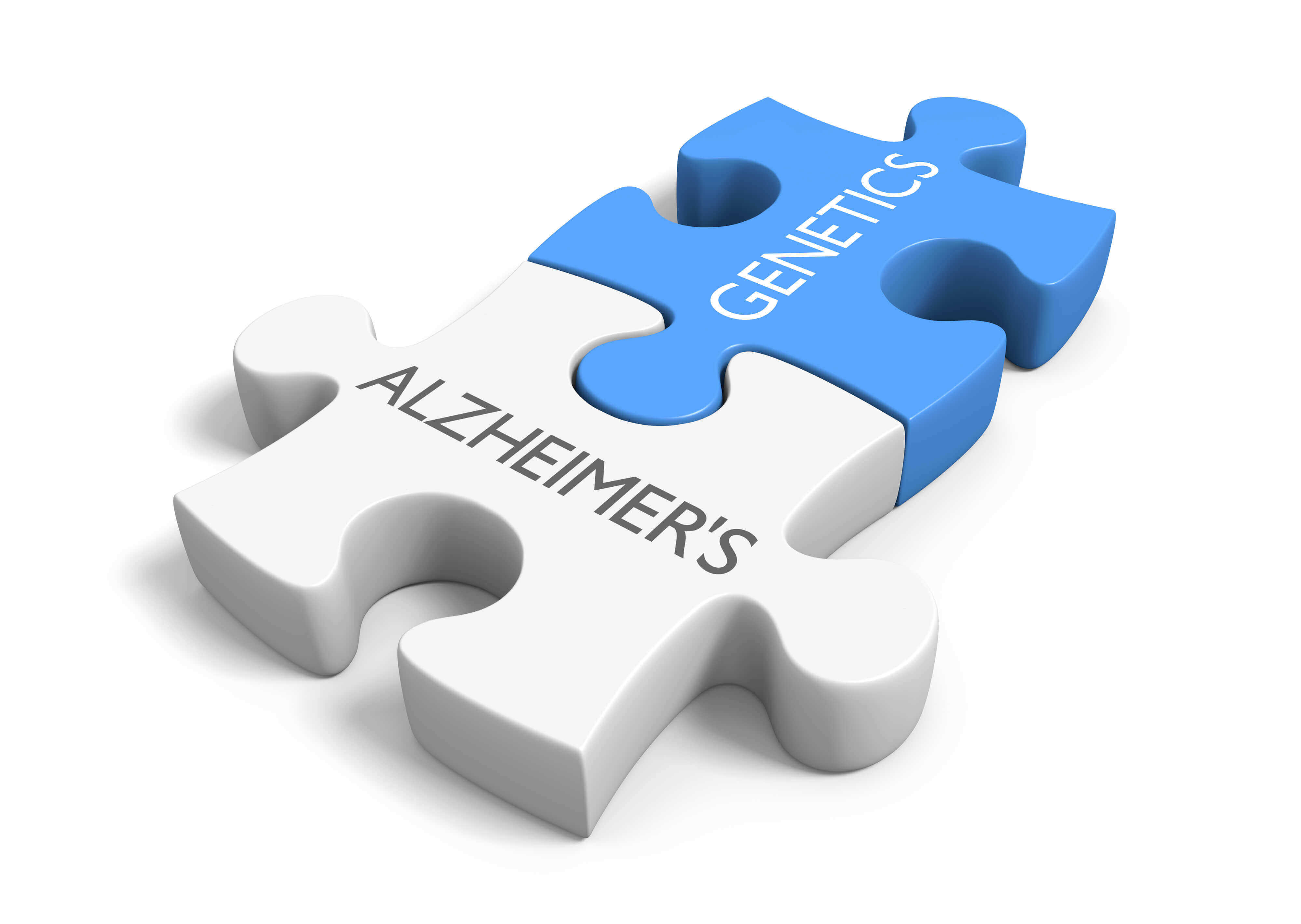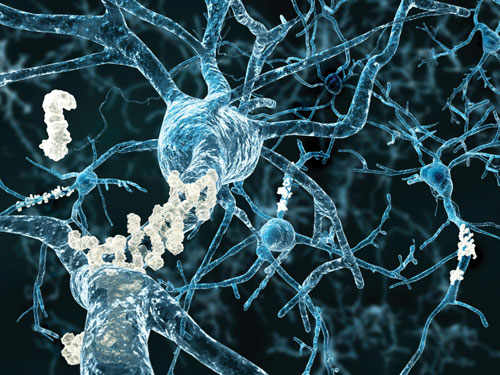



The ability to determine the risk of contracting any disease is powerful information to have for both patients and healthcare providers. For Alzheimer’s disease (AD), in which risk factors have been notoriously elusive, any potential insight into who may be at risk to develop the neurodegenerative disorder could help alleviate a significant amount of burden on the patient and family, as early preparations or even preventive steps could be taken.

Now an international collaboration of researchers, led by investigators at University of California San Diego (UCSD) School of Medicine and University of California San Francisco (UCSF), has developed a novel genetic score that allows individuals to calculate their age-specific risk of AD, based on genetic information. Findings from this new study were published recently in PLOS Medicine in an article entitled “Genetic Assessment of Age-Associated Alzheimer Disease Risk: Development and Validation of a Polygenic Hazard Score.”
“We combined genetic data from large, independent cohorts of patients with AD with epidemiological estimates to create the scoring, then replicated our findings on an independent sample and validated them with known biomarkers of Alzheimer’s pathology,” explained co-lead study investigator Rahul Desikan, M.D., Ph.D., clinical instructor in the UCSF department of radiology and biomedical imaging.
The research team was able to combine genotype-derived polygenic information with known AD incidence rates from the U.S. population to derive instantaneous risk estimates for developing AD.
“For any given individual, for a given age and genetic information, we can calculate your personalized annualized risk for developing AD,” Dr. Desikan noted. “That is, if you don’t already have dementia, what is your yearly risk for AD onset, based on your age and genetic information. We think these measures of polygenetic risk, of involving multiple genes, will be very informative for early AD diagnosis, both in determining prognosis and as an enrichment strategy in clinical trials.”
In the current study, the researchers analyzed genotype data from more than 70,000 AD patients and normal elderly controls who were participating in several projects, such as the Alzheimer’s Disease Genetics Consortium, the National Alzheimer’s Coordinating Center, and the Alzheimer’s Disease Neuroimaging Initiative. Investigators scrutinized the data for AD-associated single-nucleotide polymorphisms (SNPs). There is some SNP variation in genomic information in all humans, which affects individual susceptibility to disease. In this case, the researchers looked at SNPs linked to AD risk and for APOE status. Persons with the E4 variant in the APOE gene are known to be at greater risk of developing late-onset AD.

Compiling the data, the scientists developed a continuous polygenic hazard score (PHS) to predict the age-specific risk of developing AD, then tested it in two independent cohorts or defined groups of people. The researchers found that persons in the top PHS quartile developed AD at a considerably lower age and had the highest yearly AD incidence rate. Importantly, PHS also identified people who were cognitively normal at baseline but eventually developed AD.
Even among people who did not have the APOE E4 allele, the most important genetic risk factor for AD, PHS was able to predict the age of onset—individuals with high PHS scores developed AD 10 to 15 years earlier than individuals with low PHS. Moreover, the authors found that PHS strongly predicted the empirical age of AD onset and progression from normal aging to AD, with strongly associated neuropathology and biomarkers of AD neurodegeneration.
“From a clinical perspective, the polygenic hazard score provides a novel way not just to assess an individual’s lifetime risk of developing AD, but also to predict the age of disease onset,” remarked senior study investigator Anders Dale, Ph.D., director of the Center for Translational Imaging and Precision Medicine and professor of neurosciences, radiology, psychiatry, and cognitive science at UCSD School of Medicine. “Equally important, continuous polygenic testing of AD genetic risk can better inform prevention and therapeutic trials and be useful in determining which individuals are most likely to respond to therapy.”
While the authors were encouraged by their findings, they did note several limitations to their study, beyond the need for broader and deeper validation studies. For instance, their databases primarily represented individuals of European descent and thus are not indicative of AD incidence and genetic risk in other ethnicities, such as African American or Latino.
“This limitation is an unfortunate product of available genetic studies,” stated co-lead study investigator Chun-Chieh Fan, M.D., a graduate student in the department of cognitive science at UCSD. To have good predictive performance, the genetic risk score requires a large amount of data to train, but currently, only European cohorts have reached this critical mass.”
However, Dr. Fan believes that it is only a matter of time before this genetic bias is obsolete, stating that “given the genome-wide association studies across ethnic populations that are emerging, the health disparities in the field of genetic prediction will be removed.”
 Relevant
news
Relevant
news